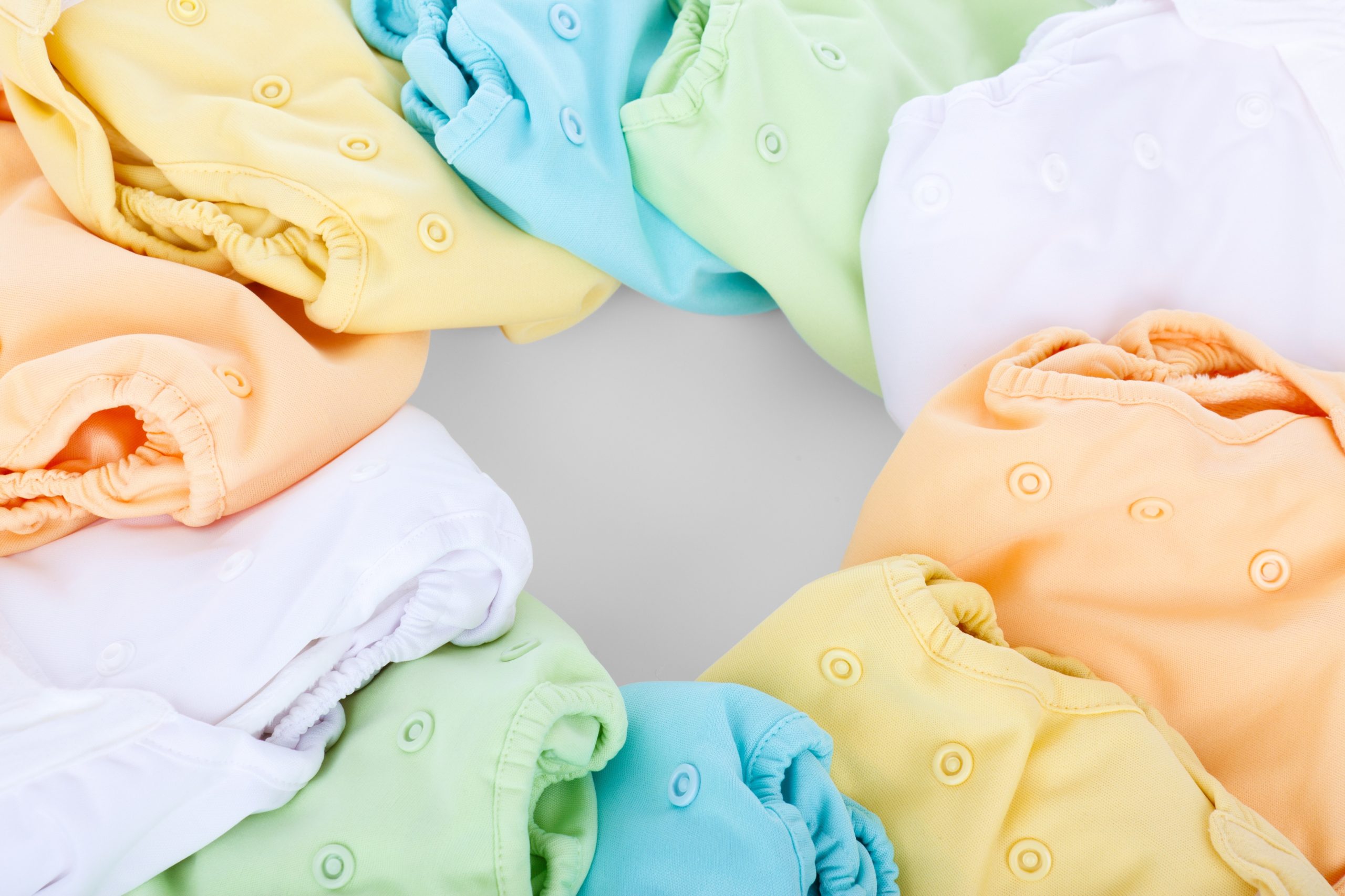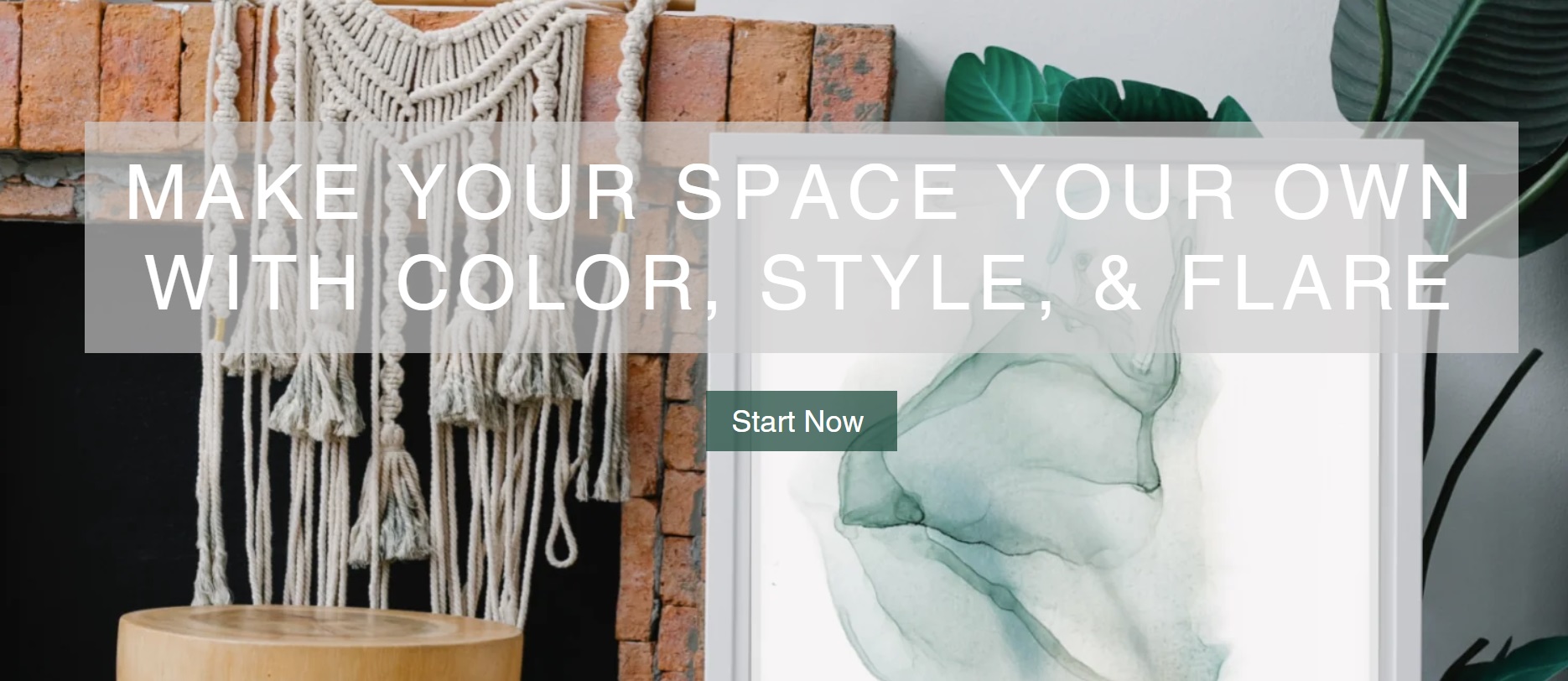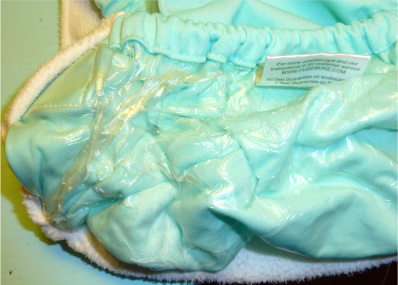
Newborns go through a lot of diapers. They also outgrow those tiny diapers very quickly. In your baby’s first couple weeks she can easily go through 100 diapers per week. Despite the obvious cost savings cloth diapers can provide overall, there are a few reasons it can be tricky to make cloth diapering a newborn economical.
Newborns eat at least every two hours during those first couple weeks and poop just as often. You will generally need to change your newborn’s diaper 12-16 times a day during the first few weeks.(It was closer to 16 with my son.) If you wish to wash diapers every day, you will need at least 12-18 cloth diapers. However, you may want to consider drying time and keep a few more on hand. Remember, cloth diapers are like any other item of clothing. The more often you use and wash it, the more quickly it wears out. This is important to keep in mind for reselling or future use.
It is more efficient electricity wise to wash full loads rather than small loads, so you may want to wash every other day or every 2-3 days instead. Decide how long you want to go between washes. You will want at least 12 diapers for each day, plus several to use while your clean diapers are drying. Machine drying your diapers is quicker, but can wear them out quickly. Line drying is more energy efficient, but not always practical for everyone.
Because you may need Many cloth diapers for the newborn phase, and your child will likely out grow these small diapers quickly, newborn cloth diapering can be more expensive than using disposables.
But it doesn’t have to be expensive.
If this is your first child and you plan on having more, you can keep your newborn stash for your future children. With each subsequent child the cost per use goes down.
You can also do a newborn cloth diaper rental. Many online cloth diaper stores have a trial or rental package available. You purchase the diaper package and can return it within a certain time to receive your money back minus a deposit. This option is much cheaper than buying a cloth stash, and even a bit cheaper than using disposables that first month. You not only keep hundreds of disposables out of our landfills in just that first month, but it also gives you a chance to try cloth without a huge investment.
Some people sell their gently used newborn cloth diapers when they are finished using them. A newborn cloth diaper stash can often sell for as much as 85% of the original cost. The cloth diapers are used such a short time in the first few weeks, they are in great shape and retain most of their resale value.
You can also make newborn cloth diapering economical by choosing the most economical type of cloth diapers for this phase. This means flats and prefolds with covers. Flats are a single layer of cotton, usually in a birdseye weave, and usually one size approximately 27×27 inches. They are cheap and effective. There are several different folds you can use to shape the flat for your baby. You can use pins or a Snappi to secure the flat and then cover it with your choice of waterproof diaper cover. Flats are one size so you can continue to use them with doublers through out the diapering years. They make great inserts in pocket diapers when you fold them up. You can re-purpose them as dish towels or rags later on.
Prefolds are similar to flats, but already have more layers sewn in so you do less folding. Prefolds are generally sized in preemie, newborn, infant, and toddler. Prefolds are just a bit more costly than flats, but can be less intimidating. You use your preferred folding method and fix them with a fastener. Cover with your waterproof cover. Babies will outgrow the preemie and newborn sizes quickly. Prefolds can be resold or folded and used as doublers or as inserts in pocket diapers. I like using an old tiny prefold as extra absorbency inside a flat on my toddler. A newborn stash of Prefolds and flats with a few covers can cost as little as $100 with some bargain hunting. Depending on the size range of your covers and how quickly your baby grows, these can pay for themselves in a month compared to disposables. And they are much cheaper than a newborn stash of fitteds or pocket diapers.
How economical your newborn cloth diaper stash can be is really based on your preferences and situation. Sharing a newborn stash in a circle of family and friends, sticking to the old methods of flats and prefolds, using diaper trials, and reselling are all great ways to keep your initial cloth diapering costs down.
I chose a mixture of some of these techniques. I have some flats and prefolds I was gifted. I even re-purposed some flour sack tea towels into flats. Receiving blankets supposedly work as well. I have some all-in-ones passed on to me from a friend. Those AIOs are making the rounds through our little group and have been through a few newborns now. I have a few seconds from a sale(Second quality sold at a discount). I sold off my non-favorites from last time and I kept the rest of my newborn diapers from my son. Overall, I spent about $150 on my newborn diapers two years ago. And this time I technically spent $0.** My covers are adjustable, so I will get a couple months out of them and years from my old flats. The traveling AIOs will go on to the next baby in need, and I can save the rest of my newborn stash for future children or sell them.
**OK, so I have purchased a few one size diapers just for fun. But, I didn’t technically need them. I also have a few diapers I received for reviewing purposes. However, my actual newborn stash did not cost an additional dime over my original investment two years ago.





We found a local store that rents newborn cloth diapers for 12 weeks. It helped us figure out what kind of diapers we liked and it was very economical because we got back 1/2 of the rental as store credit. We used it to buy cloth diapers to keep.
thank you for this post! I have been looking for information on a good sized newborn stash for little $$$. i have a few prefolds, but I think I will order more flats because I only have 12!!
I love the versatility of flats! I have about three dozen for my toddler and infant.
Pingback: Newborn Cloth Diapering with Buttons Diapers » Lakeandriverco